Black Belt Digital Marketing Course 2023: Part One
The Digital Marketing Course covers numerous topics and provides an in-depth look into the world of online marketing. It encompasses all aspects of digital marketing, including search engine optimization (SEO), pay-per-click advertising (PPC) campaigns, social media marketing, content marketing, email marketing, and much more. You will also learn about web analytics and how to measure your success with digital marketing strategies.
Additionally, you will explore topics such as mobile app development and user experience design in order to better understand how customers interact with your business through technology. The course is designed to give students a comprehensive understanding of the digital landscape so they can make informed decisions when creating or managing effective digital campaigns for their organization or clients. After completing this course, students should have an understanding of digital marketing fundamentals, best practices, and the tools needed to effectively manage a successful digital marketing campaign.
By the end of this course, students will be equipped with the skills necessary to develop effective and comprehensive digital marketing plans. They should also have a strong grasp on how to utilize various digital channels, including social media, search engine optimization (SEO), content creation, email campaigns, and mobile app development.
Furthermore, they should understand the importance of using analytics to track their progress and optimize their efforts, as well as gain insights into customer behavior. With this understanding, students will be able to create compelling campaigns that attract potential customers and drive conversions.
The Digital Marketing Course is an invaluable tool for those interested in becoming experts in the field of online marketing or for those already working in the industry who want to stay up-to-date on the latest trends and techniques. Upon completion of the course, students will have a comprehensive understanding of digital marketing strategies and tools to help them be successful in their businesses.
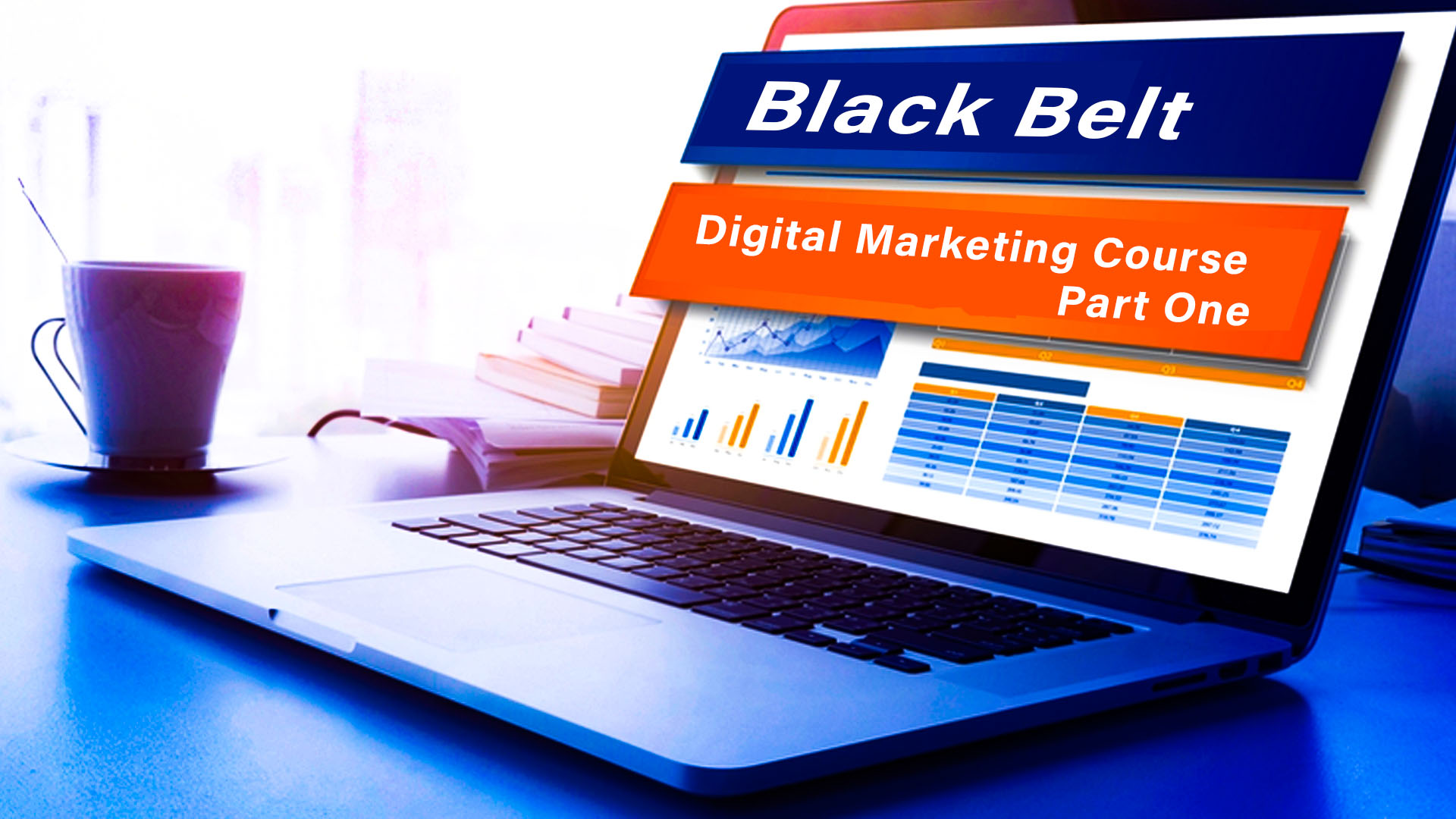
What will I Achieve?
With this comprehensive understanding of digital marketing, students will be well-prepared to create and manage effective digital campaigns that drive successful results for their organizations or clients. They will also be equipped with the knowledge and skills necessary to continually stay up-to-date on the latest trends and tactics in order to remain competitive in an ever-changing digital landscape. This online training course is a valuable resource for anyone looking to boost their digital marketing skills and knowledge while earning their online black belt certification.
By the end of the course, students will have a comprehensive understanding of digital marketing fundamentals such as SEO, PPC campaigns, content creation, email marketing, and web analytics. They will be able to demonstrate web development concepts of open submenu close, services open submenu, journalism close submenu, and much more. They will also be able to create effective campaigns that attract potential customers and drive conversions as well as track success with analytics in order to optimize their efforts for maximum results.
With this knowledge and experience, students will be prepared to enter the rapidly growing field of digital marketing with confidence. The Digital Marketing black belt program is an invaluable tool for anyone looking to further develop their digital marketing skills or knowledge. It provides the tools and information necessary to succeed in today’s increasingly competitive marketplace. Sign up for one of our online training programs today to get started.
Course Training Overview
Black Belt Digital Marketing Course topics include:
• Digital Marketing Strategies & Best Practices
• Creating & Managing Effective Digital Campaigns
• Measuring Success with Digital Channels & Analyzing Customer Behavior
• Online Personalization
• Influencer Marketing
• Leveraging Social Media Platforms to Drive Conversions
• User Experience Design
• Search Engine Optimization (SEO)
• Web Analytics
• Optimizing Efforts with Analytics
• Data-Driven Marketing
• Blockchain Technology
• Understanding Online Advertising & Paid Search Strategies.
• Pay-Per-Click Advertising (PPC) Campaigns
• Artificial Intelligence in Digital Marketing.
• Email Marketing
• Mobile App Development
• Mobile Marketing
• Developing Strategies for Mobile-First Audiences.
• Augmented & Virtual Reality
• Interior Design Business
• Arts Digital Technology
• Utilizing Automation
• Exploring Data Visualization Techniques & Tools.
• Staying Up to Date on the Latest Digital Trends & Tactics.
• Digital Marketing for Investments Health Care
• Digital Marketing for Engineering Entertainment Environmental
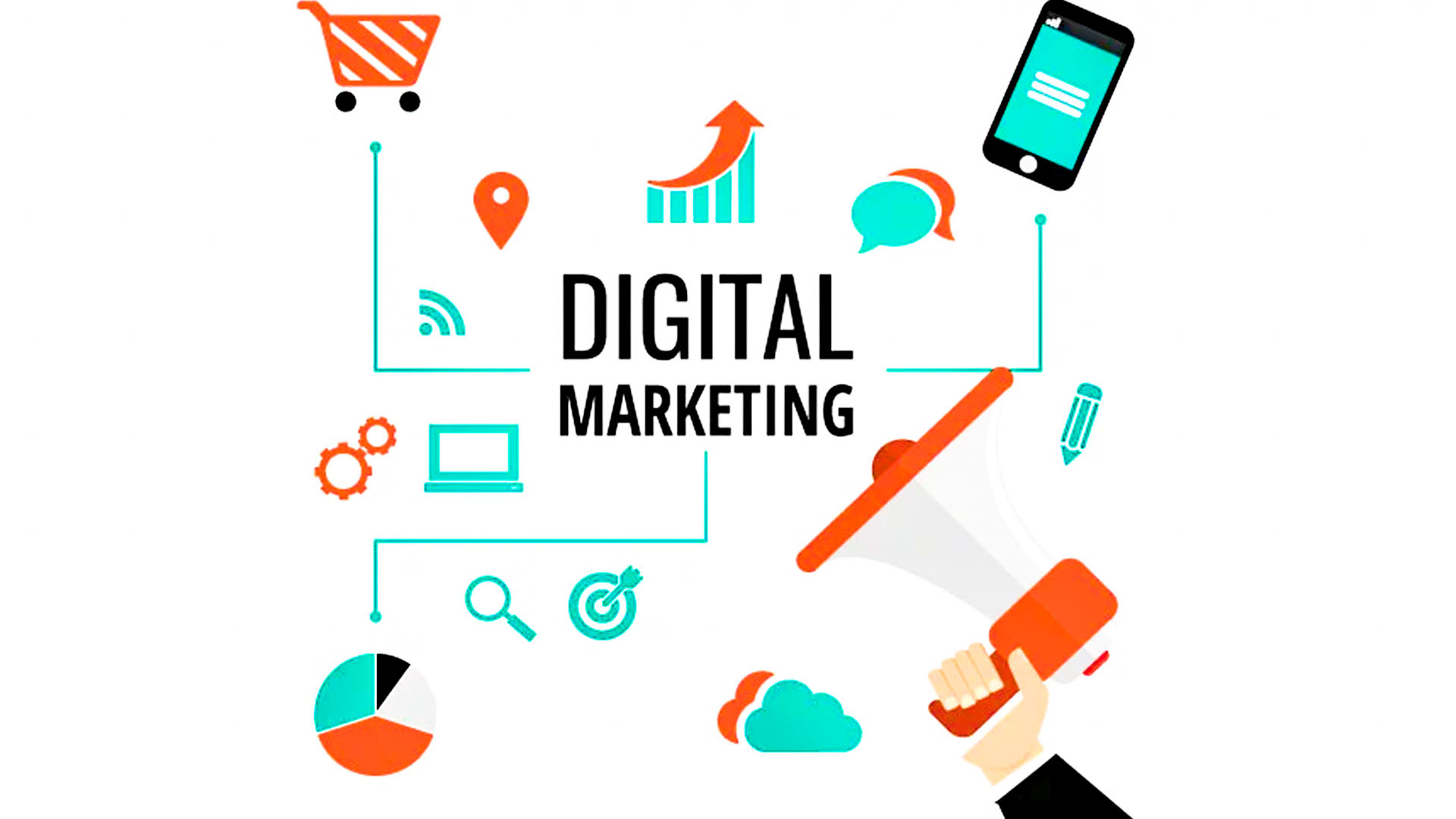
Online Belt Training: What is Digital Marketing?
Digital Marketing is the use of digital technologies and channels to promote products, services, or brands. It involves creating marketing campaigns that target specific audiences through email, mobile apps, websites, search engine optimization (SEO), and social media platforms such as Facebook, Twitter, Instagram, LinkedIn, and many other online tools.
Digital marketing provides marketers with the ability to track customer actions in real-time and measure success quickly. By taking advantage of this data to understand customers’ buying habits and interests better, companies can create tailored messages that are more likely to reach their target audience.
Additionally, businesses can respond quickly when customers provide feedback on a product or service or express dissatisfaction with an experience – allowing them to gain valuable insights into how well their strategies are working.
Digital Marketing is increasing in popularity as businesses look to stay ahead of the competition, build relationships with their audiences, and engage customers in a new way. With its ability to reach a wider audience and follow results more effectively, digital marketing can help companies maximize their marketing budget and get better returns on their investments.
Digital Marketing also allows businesses to connect directly with their customers, collecting insights that can then be used for targeted campaigns or product development. By gathering customer data from multiple channels such as social media, website analytics, and email campaigns, companies can understand how people interact with their business, which products they are drawn to most, and what messages compel them to make purchases.
This knowledge can then drive future marketing efforts – helping marketers create content that resonates with their audiences and drive conversions. With digital marketing, businesses can also measure the success of their campaigns in real-time, making it easier to optimize efforts and ensure maximum return on investment.
Digital marketing is an ever-evolving field that requires marketers to stay up-to-date on the latest trends and technologies in order to remain competitive. Advances in technology are creating new opportunities for digital marketers, such as artificial intelligence (AI) driven targeting capabilities, voice search optimization, and automated customer service functions.
By staying ahead of the curve and leveraging these innovations, companies can create engaging experiences that boost brand awareness and loyalty while driving sales. Digital Marketing has become increasingly important for businesses looking to reach a wide audience quickly and effectively. With the right strategies and tools, companies can reap the benefits of this powerful marketing tool. We term this as the sigma green belt level for small businesses starting their digital marketing journey.
Black Belt: Why is Digital Marketing Important for my Business?
Digital marketing is an essential part of any business strategy. It helps you reach and engage with customers online, build relationships, and drive more sales. By leveraging the power of digital channels like search engines, social media, email campaigns, etc., you can create targeted campaigns that attract potential customers and retain existing ones.
Digital marketing also enables businesses to track customer engagement and measure ROI (return on investment). This gives organizations a better understanding of what works best for their brand, allowing them to maximize profits while minimizing risk.
With the right digital marketing approach in place, businesses can improve visibility among their target audience and stay ahead of competitors in the market. For this reason, it is important to invest in a reliable digital marketing strategy to ensure your business remains competitive and relevant in this digital age. With the help of digital marketing, businesses can now access more customers than ever before from all around the world.
By creating a comprehensive online presence and building relationships with prospects and customers through various digital channels, businesses have an opportunity to reach their target audience in an effective manner.
Digital marketing also allows for easier tracking of customer engagement, providing valuable insights into customer behavior which can be used to create tailored campaigns that yield better returns. Furthermore, businesses can leverage technology such as AI (Artificial Intelligence) to personalize communication with customers and further optimize performance.
Ultimately, by embracing digital marketing strategies, you are giving your business the best chance of success in today’s competitive landscape. From increasing customer awareness to driving higher conversions, investing in digital marketing can be highly beneficial for businesses of all sizes. So, if you are looking to take your business to the next level, then digital marketing is the way to go.
Don’t wait any longer! Get in touch with a professional digital marketing agency today and get started on building an effective online presence for your business. With the right guidance and strategies, you could soon find yourself seeing positive results from your efforts that can benefit your bottom line.
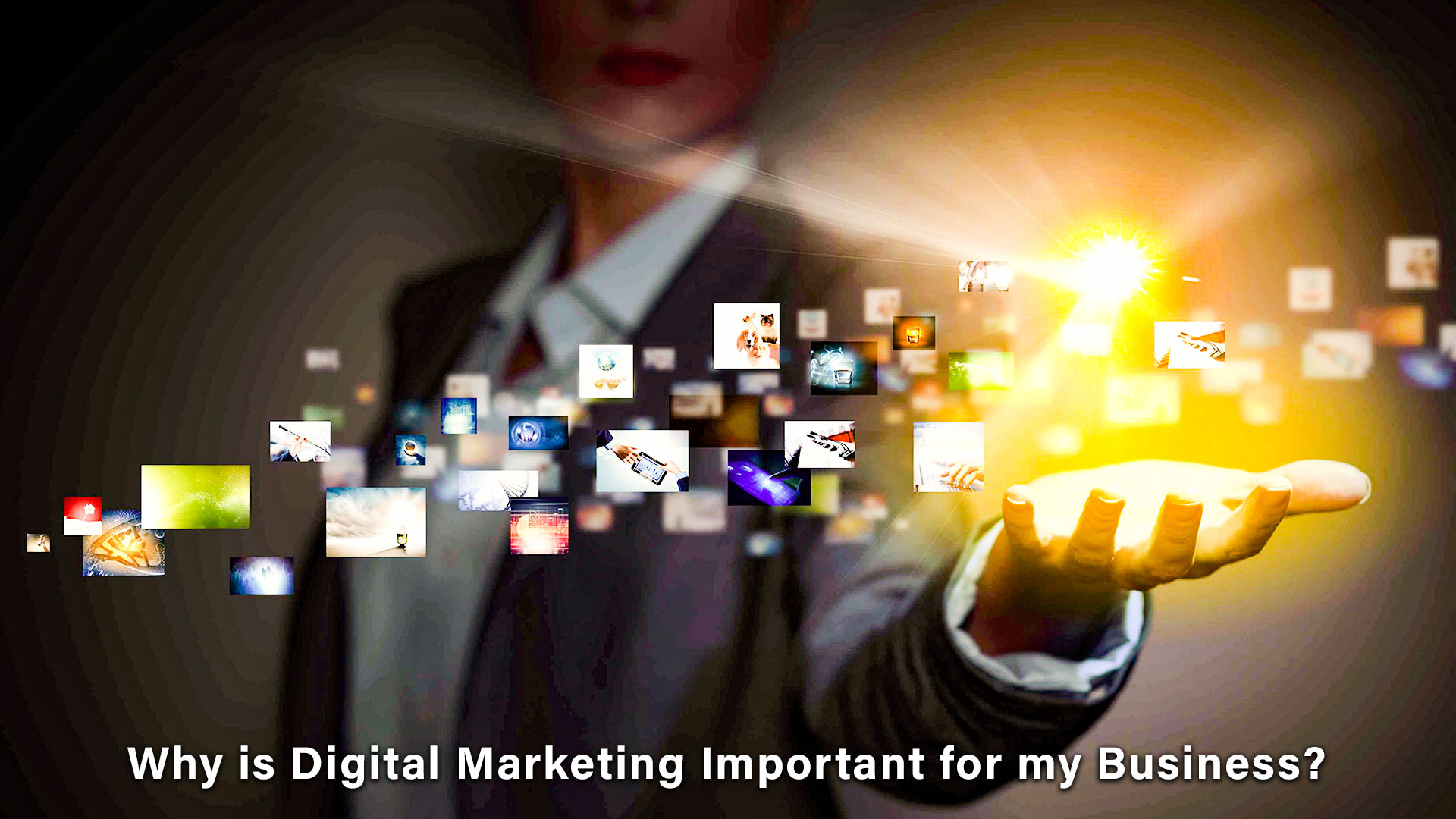
Master Black Belt: Does Digital Marketing impart Startups & Entrepreneurs?
Digital marketing provides startups and entrepreneurs with a powerful tool to reach their target audience. Through digital channels such as webpages, search engines, social media platforms, email, and more, startups and entrepreneurs can create campaigns that are tailored to the needs of their specific customer base. These campaigns allow them to build relationships with customers, increase brand visibility, generate leads, and ultimately drive sales.
One of the most beneficial aspects of digital marketing is its ability to provide highly targeted advertising. This allows businesses to focus on only those consumers who have expressed interest in their product or service by engaging with content related to it. For example, using keyword targeting can ensure that ads are shown only when potential customers are searching for relevant information about a startup’s offering. This allows the business to target its message more effectively and maximize conversions.
In addition, digital marketing provides startups and entrepreneurs with valuable insights into customer behavior. Through analytics tools such as web tracking software, companies can track the number of visits to a website, view pages viewed, average time spent on each page, and which external sites visitors came from. With this information, startups and entrepreneurs can gain valuable insight into what’s working — or isn’t — in their content strategy and make adjustments accordingly.
Overall, digital marketing offers a powerful opportunity for startups and entrepreneurs to build relationships with customers, increase brand visibility and drive sales. By leveraging targeted advertising strategies, analytics tools, and other effective tactics, businesses can dramatically improve their chances of success in today’s competitive marketplace.
Digital marketing also offers startups and entrepreneurs an opportunity to reach a global audience in the most cost-effective manner. With digital channels, companies can create content that is accessible to a worldwide audience, opening up new markets and opportunities for growth. Moreover, online advertising is significantly cheaper than traditional means of reaching customers, enabling businesses with limited resources to compete with larger rivals on equal footing.
Finally, digital marketing helps startups and entrepreneurs build trust with their customer base by providing them with timely updates about products or services. Through social media platforms such as Facebook and Twitter, businesses can quickly answer questions from customers or address any concerns they may have. This not only helps strengthen relationships with existing customers but also makes it easier to attract new ones.
In conclusion, master black belt digital marketing offers a number of benefits to startups and entrepreneurs alike. From providing highly targeted advertising to giving insights into customer behavior and building trust with customers, businesses can use digital marketing to maximize their chances of success. By taking advantage of the opportunities that digital channels provide, businesses can reach a larger audience while keeping costs low — all while competing with even the biggest industry players.

Belt Management: Let’s go back, I’m a New Business. Where do I begin?
Starting off in the digital marketing space can be overwhelming. But don’t worry. You don’t need to become a digital marketing expert overnight! With the right plan and resources, you can learn how to successfully market your business online.
The first step is to identify your goals and objectives. Ask yourself: What do I want to achieve with my digital marketing strategy? Knowing what success looks like will help guide your decisions on which tactics will work best for your business.
Once you know what you’re trying to accomplish, it’s time to start researching different strategies and tools that can help you reach those goals. There are many tutorials, guides, and courses available online that provide helpful information about various digital marketing techniques, such as search engine optimization, content marketing, social media marketing, and much more.
After you’ve done your research and are familiar with the basics of digital marketing, it’s time to start building out your strategy. Start by creating a list of tactics that you think might work for your business. From there, allocate resources (time, money, etc.) to each tactic and develop an action plan for implementation.
Finally, track your progress against those goals and objectives that you set at the beginning. This will help ensure that the strategies you’re using are actually working and can be adjusted if needed. As long as you stay focused on reaching those goals and evaluate your progress regularly along the way, you’ll be on the path to success!

Part Two: 2023 Black Belt Digital Marketing Course
In part two of this series, we will delve into the ins and outs of digital marketing strategies. We’ll discuss what makes a good strategy, how to create one, how to use best practices for maximum effectiveness, and which channels are most effective for achieving your goals.
We’ll also explore how to create and manage successful digital campaigns that engage customers. You’ll learn about reaching target audiences with the right messages at the right time and tracking performance metrics with analytics tools. Lastly, we’ll cover methods of measuring success and analyzing customer behavior, so you can fine-tune your marketing efforts using data-driven insights.
By the end of this series, you should have an arsenal of digital marketing strategies and tactics at your fingertips to help you reach, engage, and convert your target audience. Let’s get started!
About Montfichet & Company – Atlanta
Montfichet & Company – Atlanta is a full-service marketing agency that consists of exceptional thinkers, strategists, digital innovators, developers, and problem solvers. We provide online marketing solutions for businesses and entrepreneurs.
Our team of experts can handle all your online marketing activities, including SEO, social media, pay-per-click ads (PPC) for both organic search and paid search, website design, content development, and data reports (raw data or simple reporting), lead generation strategies, and more. Montfichet Atlanta can help businesses increase the number of leads to convert those leads into customers.
If you found this article beneficial, feel free to leave a comment below. We are located at 3343 Peachtree Road Ste. 180-581 in Atlanta, Georgia. You can also email our team of experts directly at Atlanta@montfichet.com or contact us at 404-900-9814 for more information.


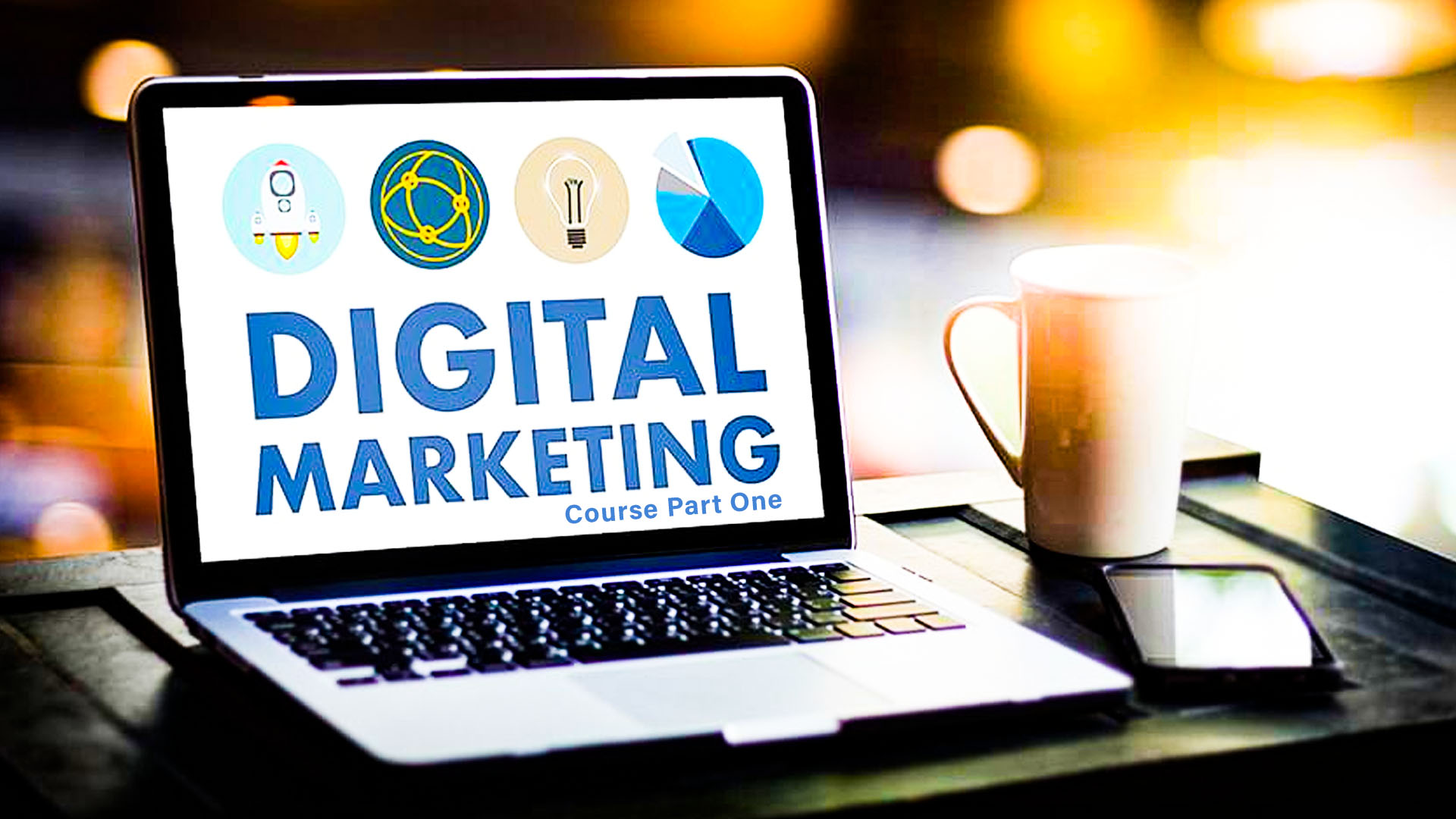
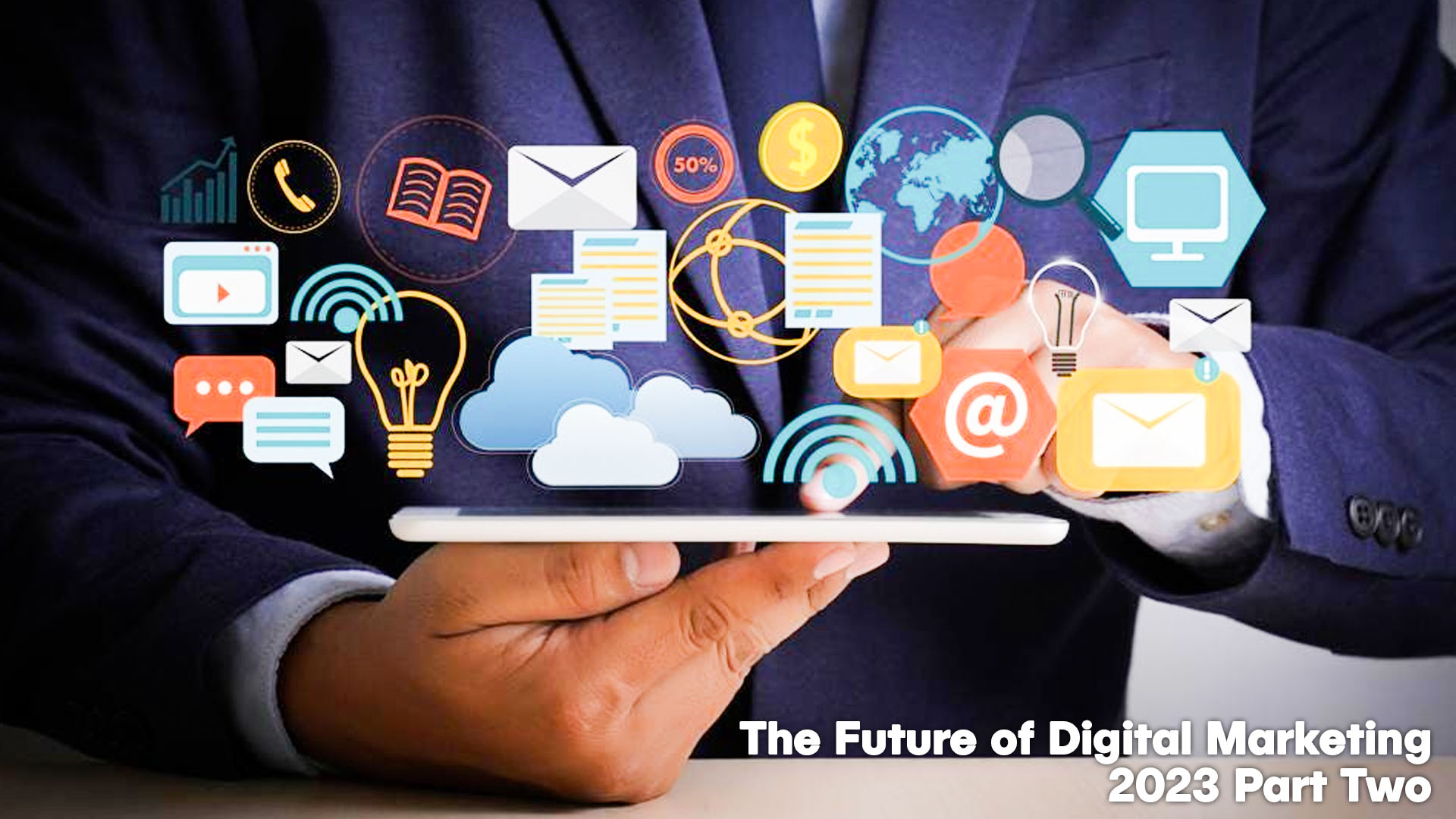
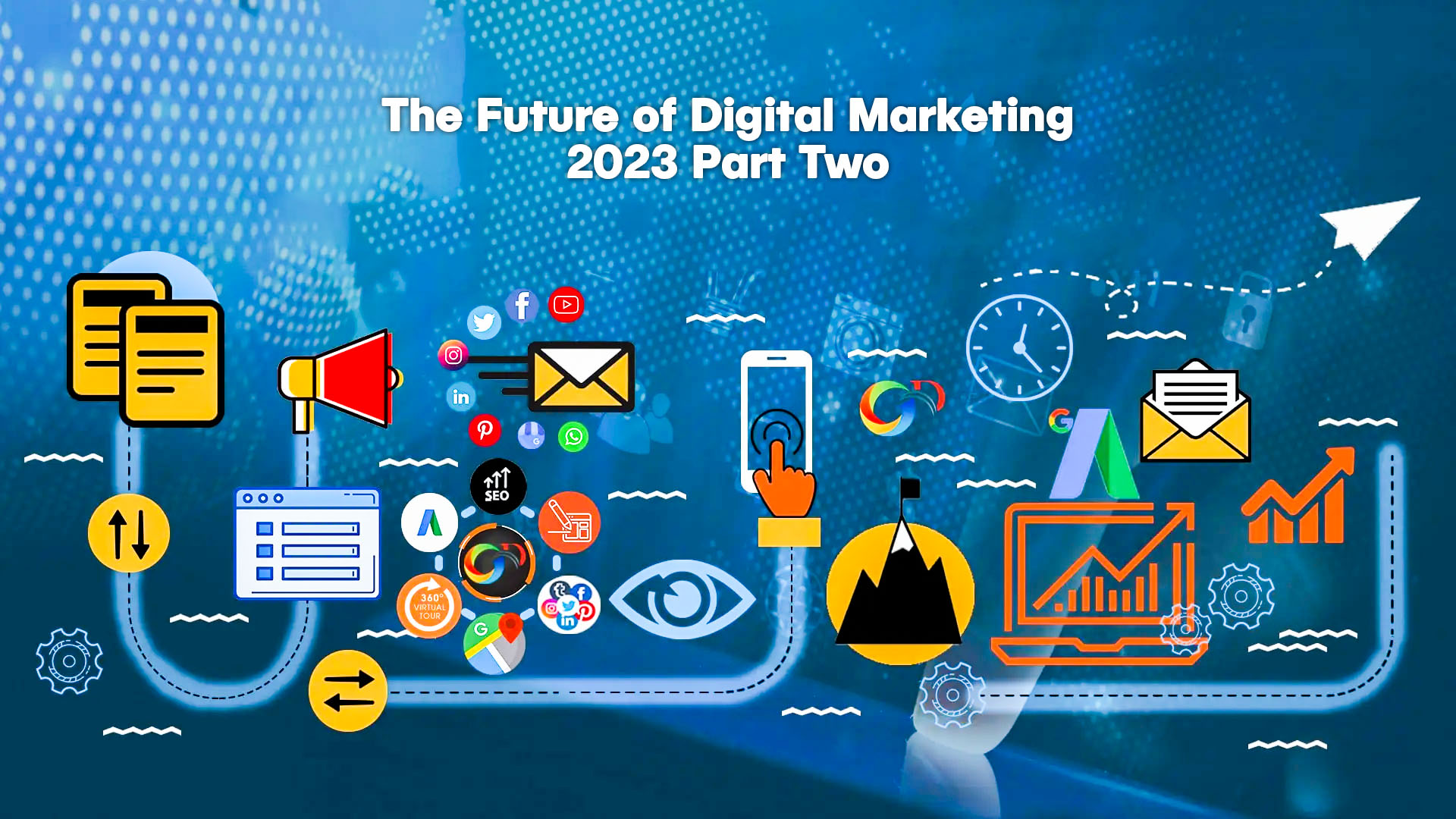


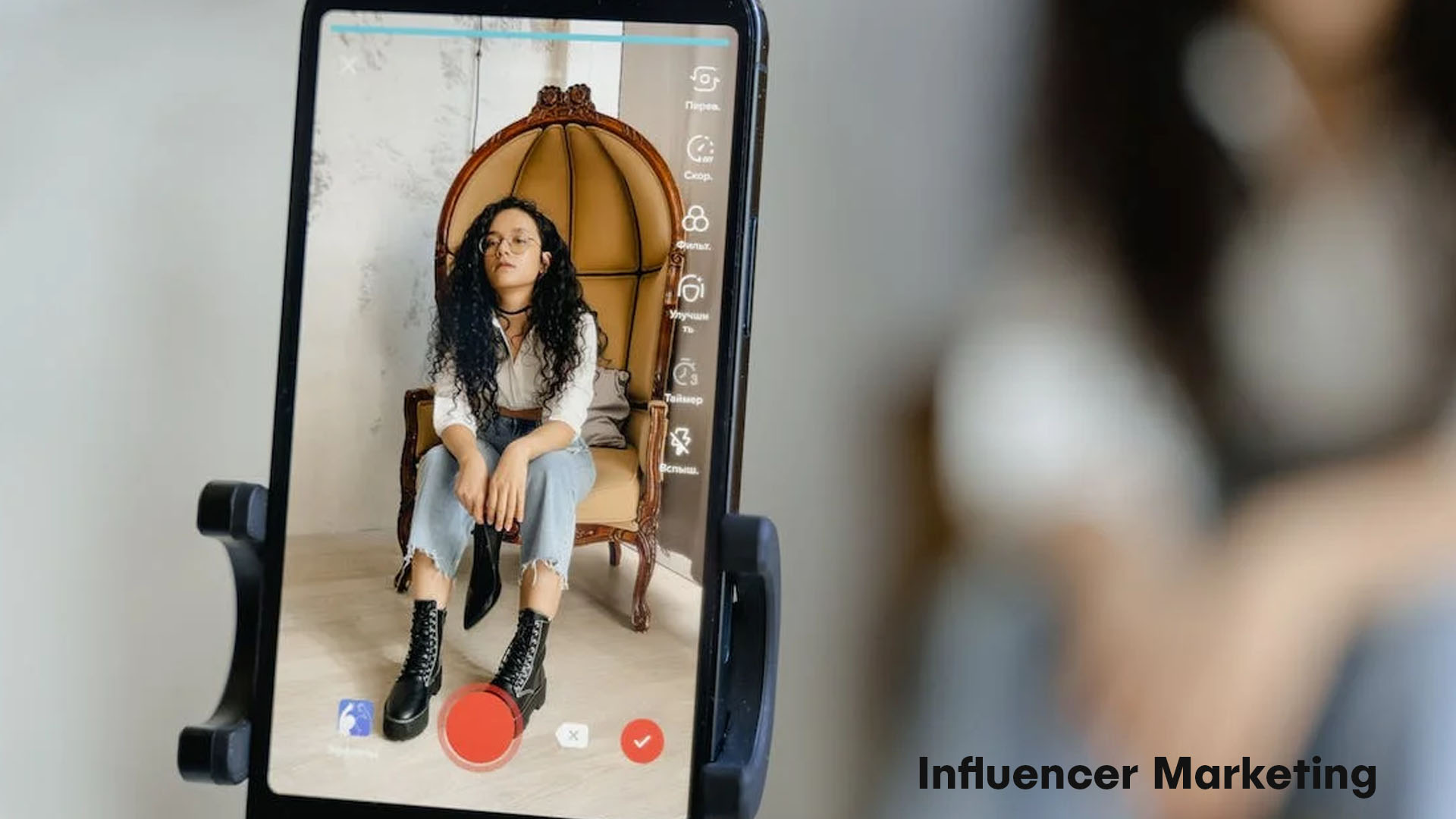

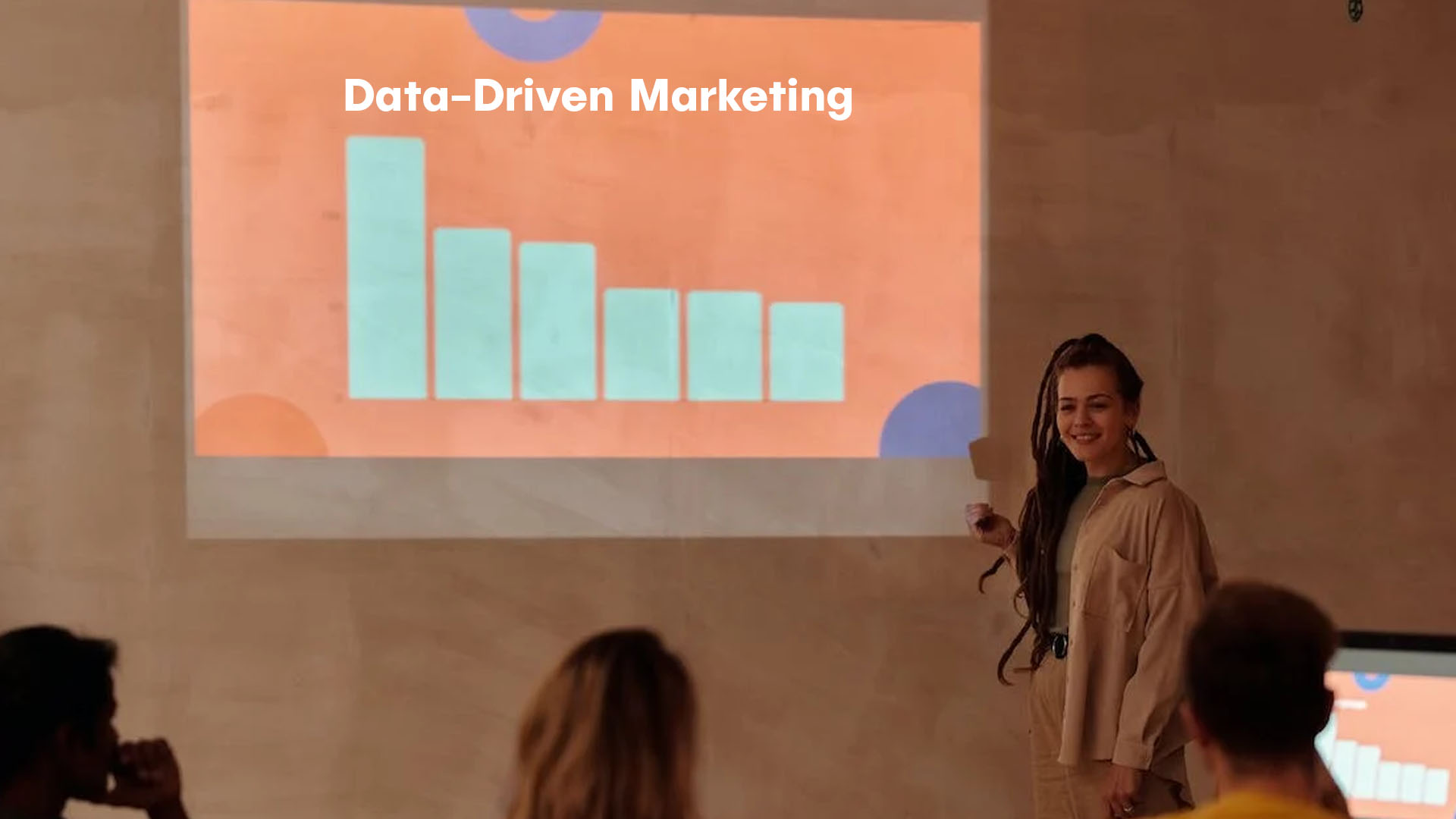

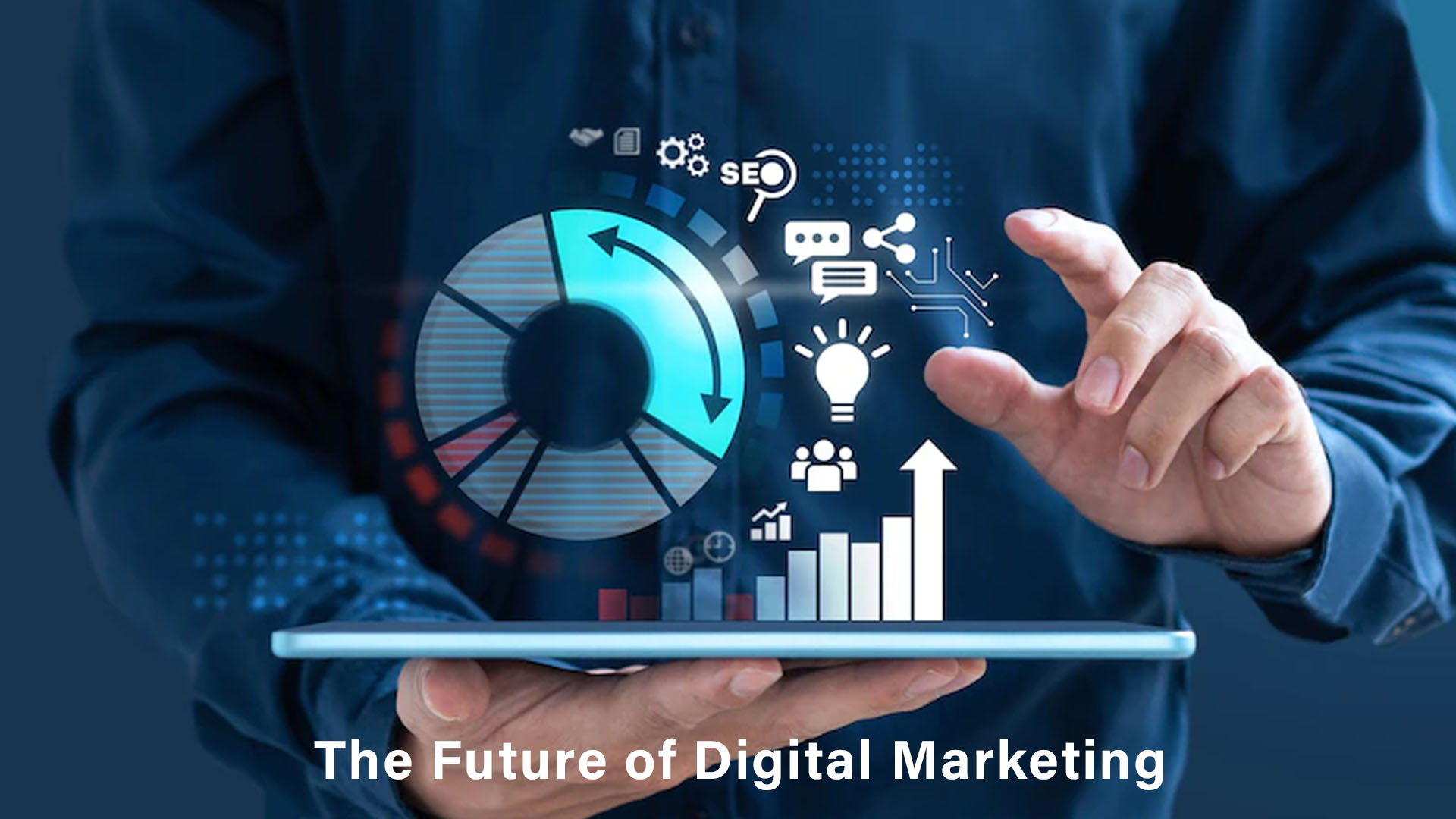



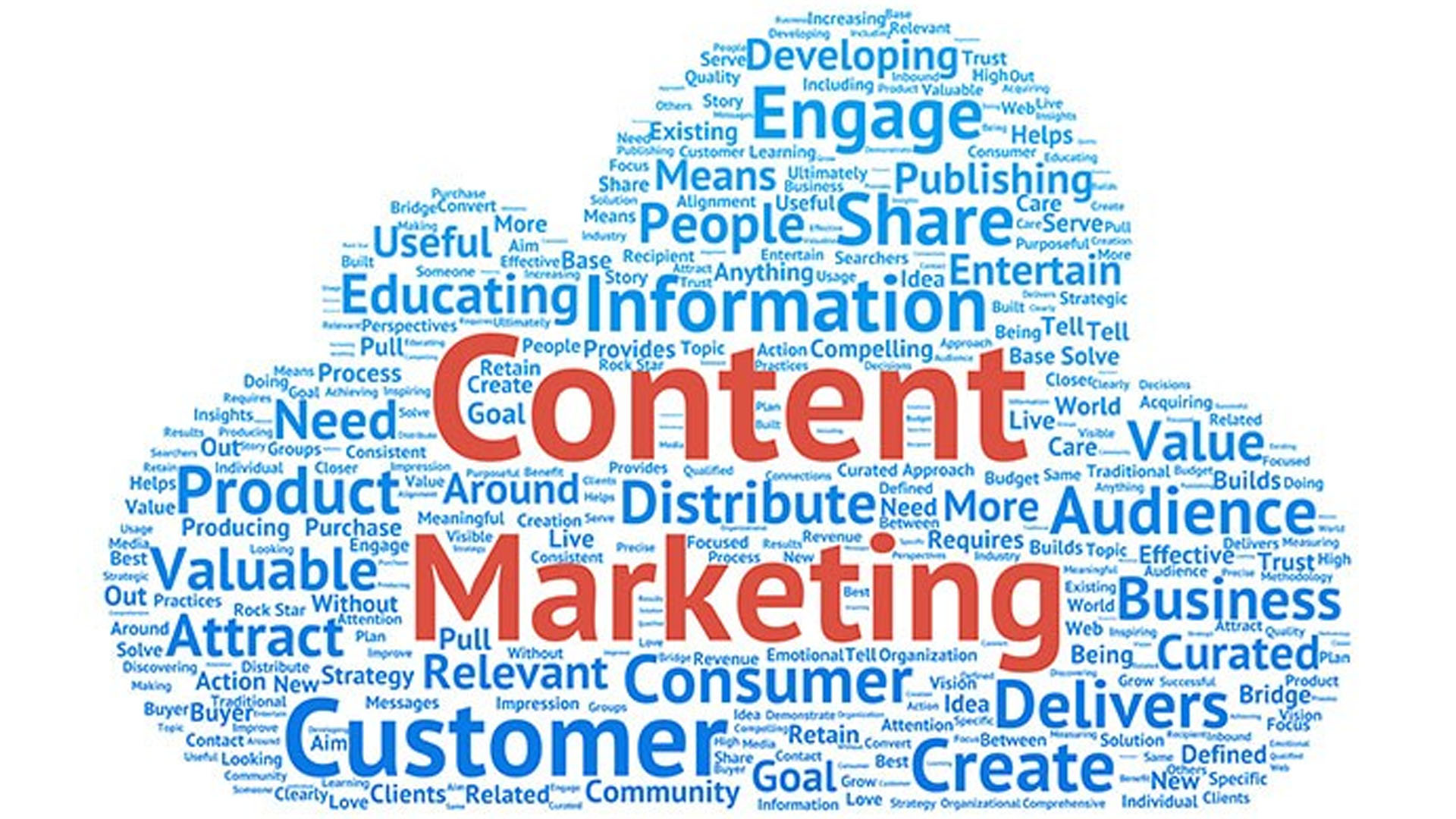
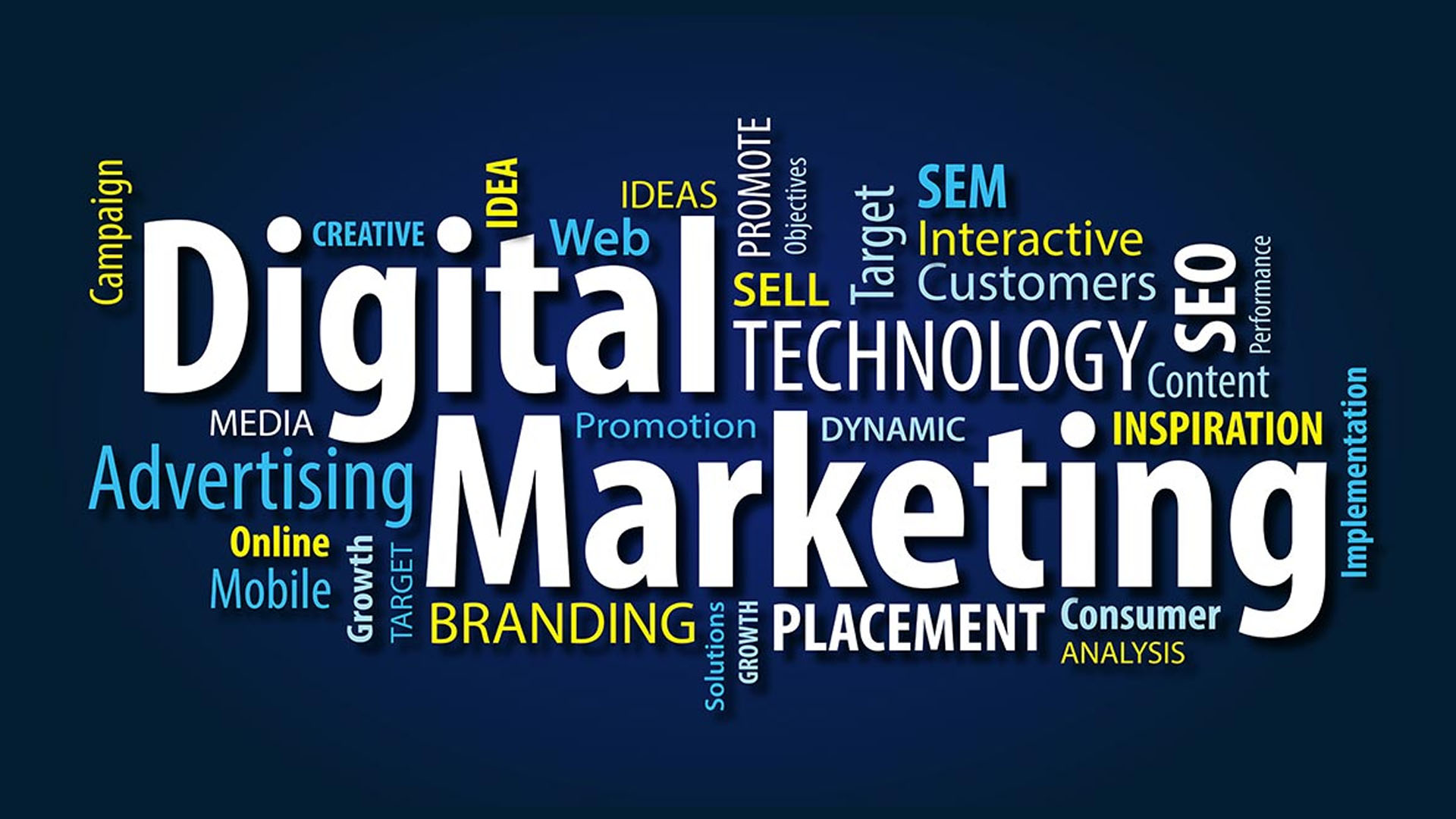
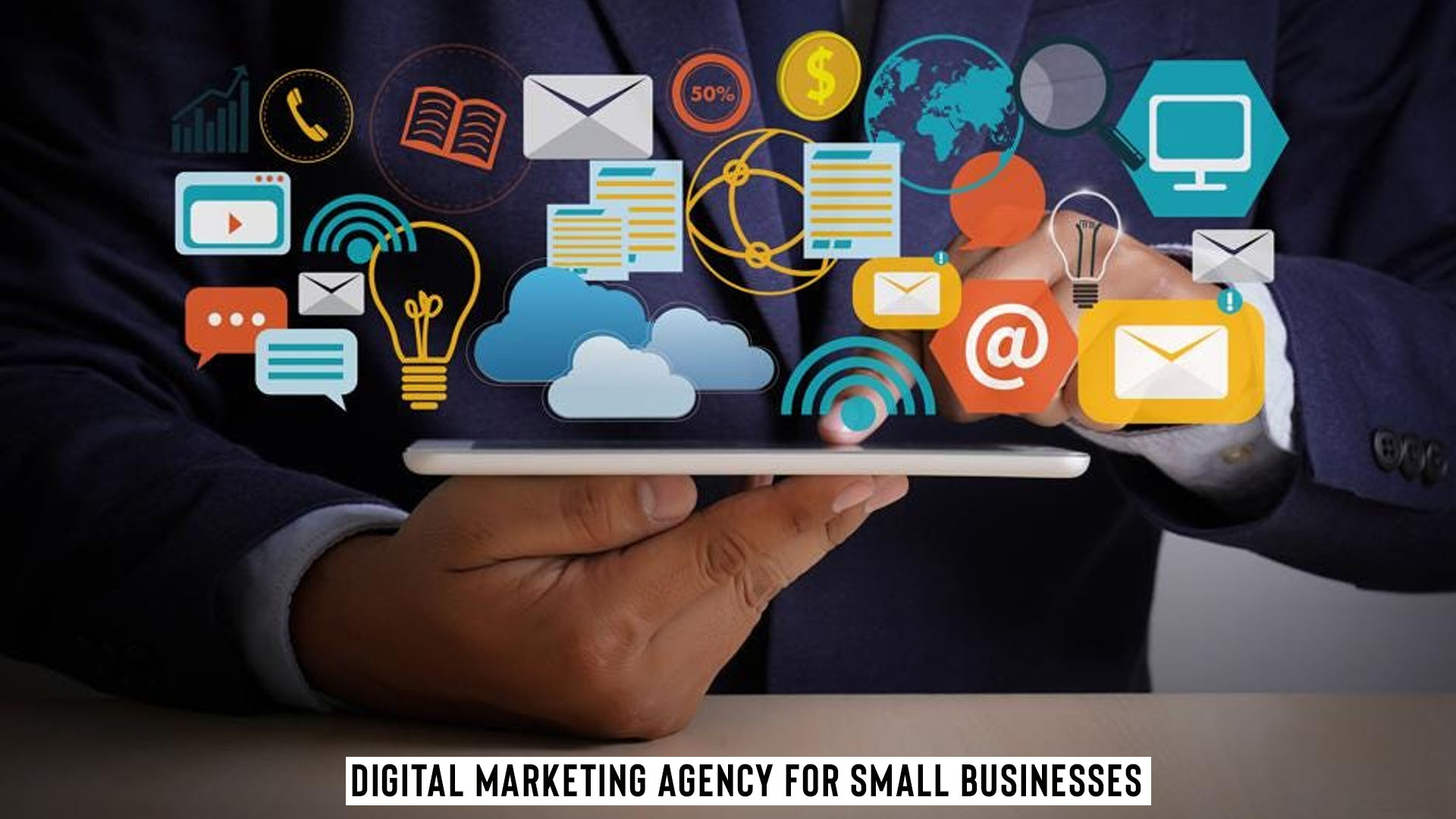

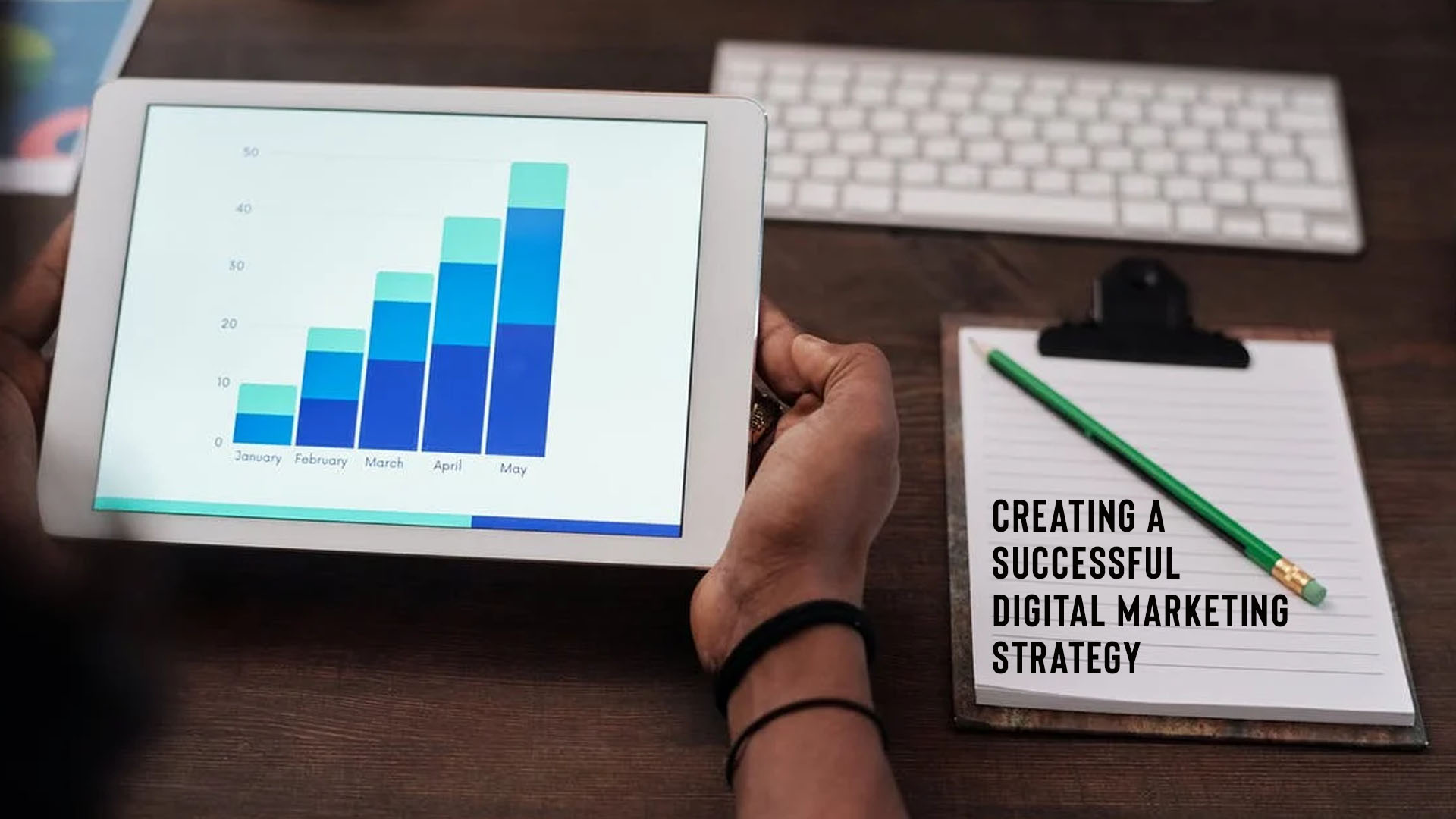














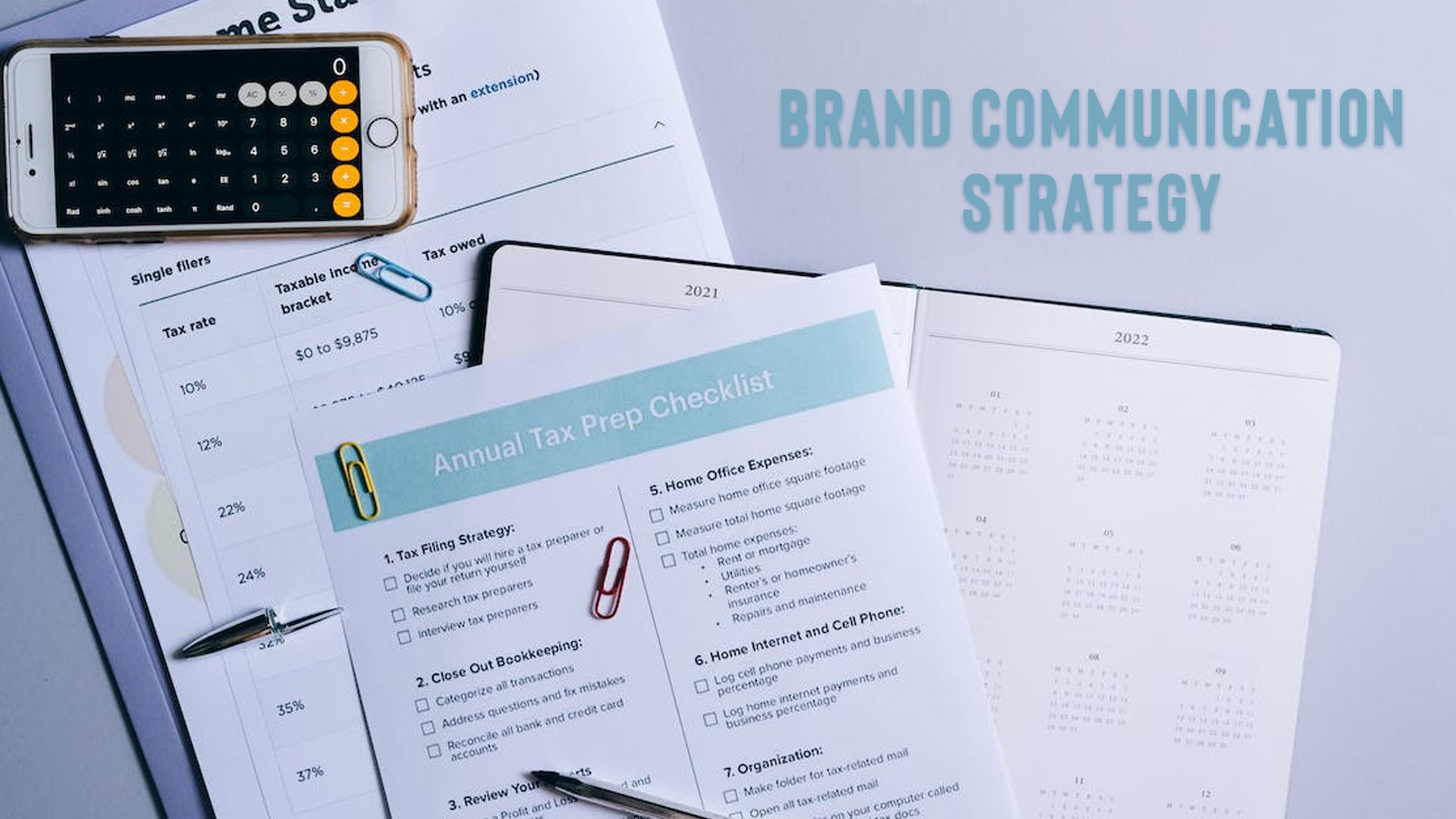




















Recent Comments